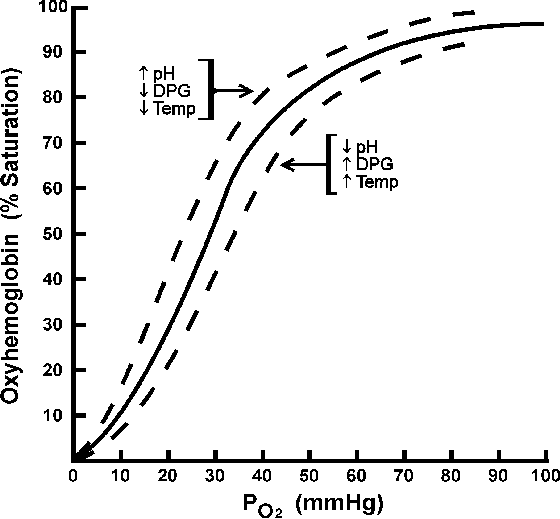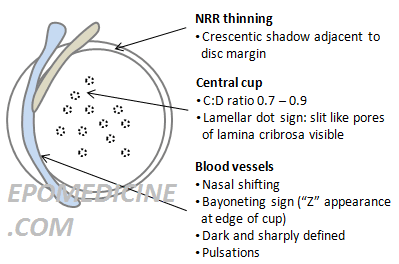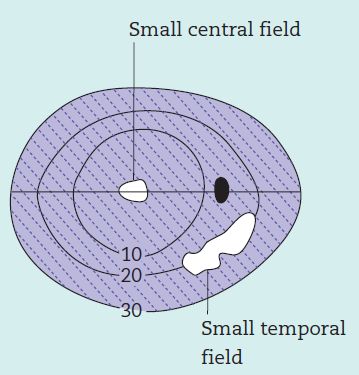The oxygen hemoglobin dissociation curve is sigmoidal in shape because the binding of 1st oxygen molecule is difficult, however once bound, they facilitate the binding of subsequent molecules until the saturation is reached (plateau). This is called the allosteric interaction (cooperativity).
Lets come to the mnemonics now.
The curve can either shift:
- Left: Oxygen is Locked up
- Right: Oxygen is Released
Now for the factors affecting the curve:
- Left: Lessening
- Right: Rising
The commonly used mnemonic for remembering the factors is
- CO2
- Acid (H+)/Altitude
- DPG
- Exercise
- Temperature
CADET face Left when all these are Lessening and lead to Locking up of Oxygen.
CADET face Right when all these are Rising and lead to Release of Oxygen.



